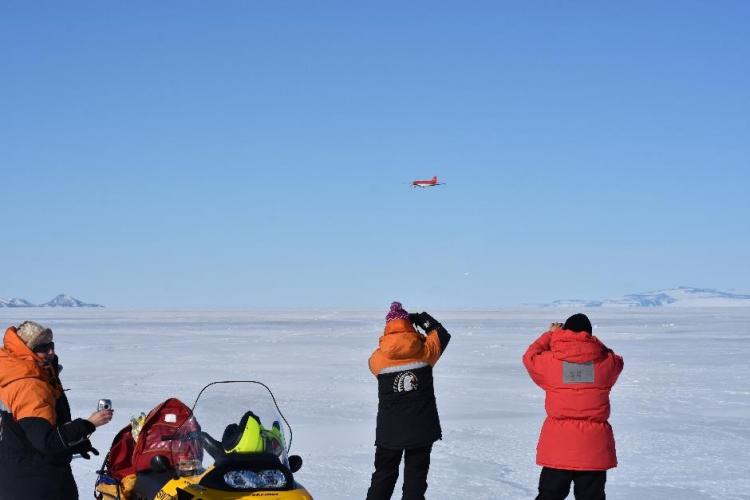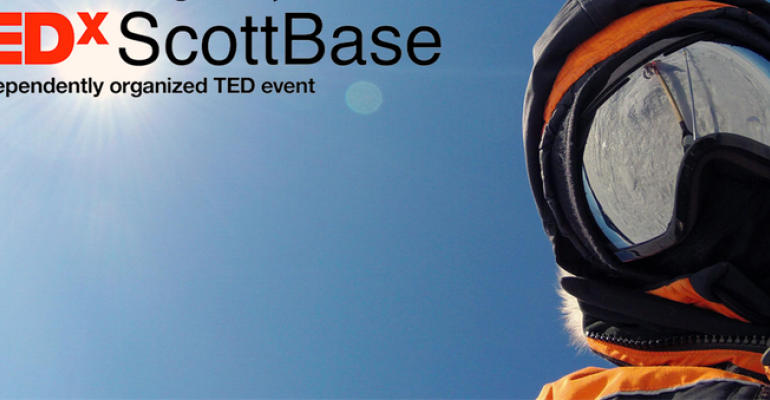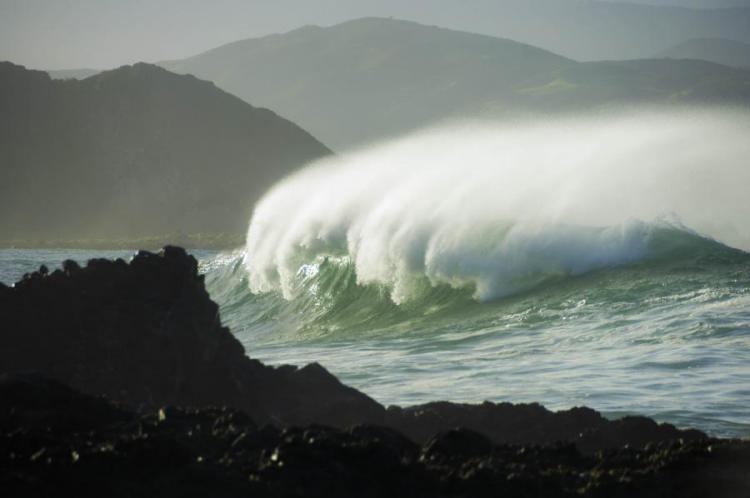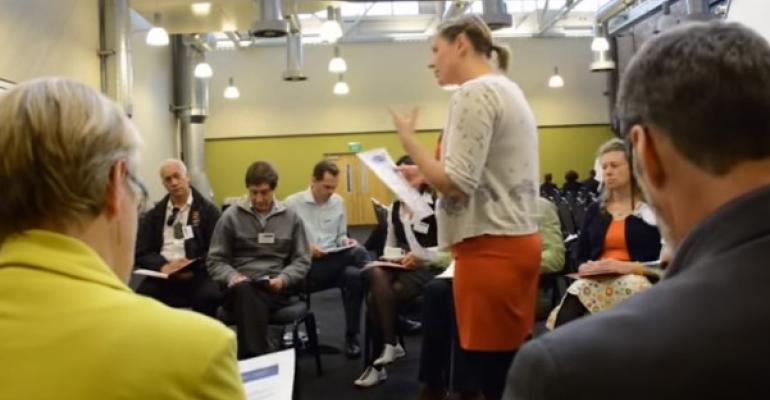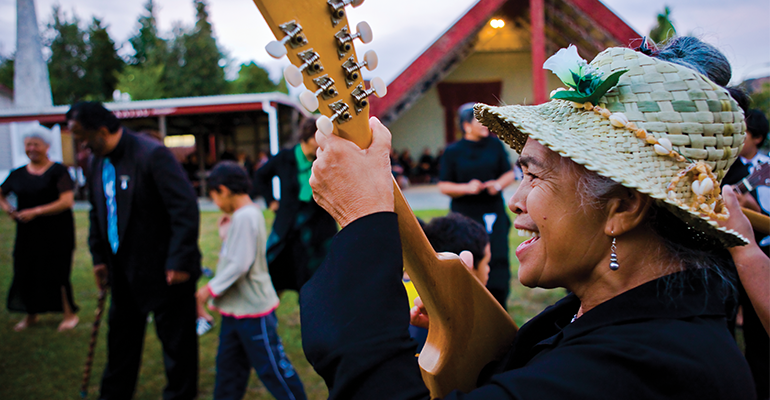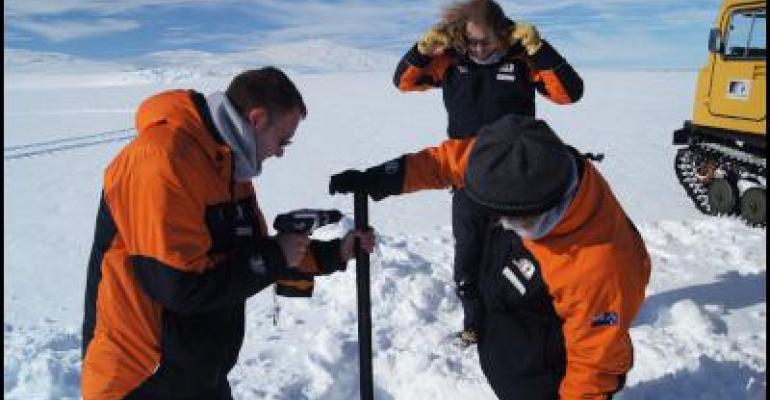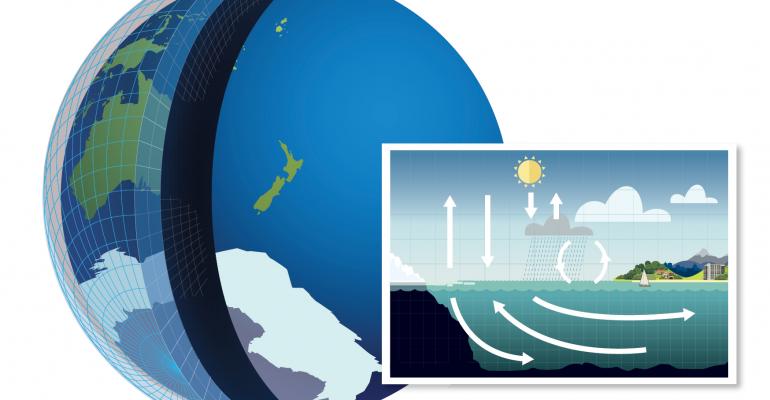
Kia hiwa rā, kia hiwa rā, kia hiwa rā!
Hei ngā maunga, hei ngā reo, hei ngā iwi, tēnā koutou, tēnā koutou, tēnā tātou katoa. Tēnā koutou i ō tātou aituā maha e hinga atu nā, e takoto mai rā i ō tātou marae. Koutou te hunga para i te huarahi, haere koutou. Hoki atu ki te okiokinga mō te tangata i te wāhi ngaro. Tātou e takatū tonu nei hei urupā mō rātou, tēnā anō tātou katoa.
Tēnei mātou a Taihoro Nukurangi, a NIWA e korihi nei, e mihi kau atu ki ngā tōpito e whā, ki ngā tini kārangatanga maha, ki ngā whare wānanga otiiā ngā wāhi mahi rangahau puta noa i te motu.
Nau mai, haere mai ki tō tātou kaupapa, e kiiā nei ko te `Komata o te tonga’, me kī `Deep South’, tētehi o Ngā Wero Pūtaiao-ā-motu. Ko tōna kaupapa matua, ko te wāhanga Pūnaha Hihiko e hāngai pū tonu ki ngā rerekētanga o te āhuarangi me ōna tikanga katoa. Heoti anō rā, he pānui tēnei ki a koutou, he pūtea e wātea ana mō te hunga mātanga rangahau Māori. Nō reira pānuihia mai ngā whakamārama e whai ake nei.
Request for proposals – second funding round
The Vision Mātauranga science programme, as part of the Deep South National Science Challenge, is pleased to announce the opening of its second funding round. Research projects are sought that will contribute substantive and transformative outcomes for Māori and wider Aotearoa/New Zealand.
This science programme gives effect to the Ministry for Business Innovation and Employment (MBIE) Vision Mātauranga Policy through strategic planning and research. Project proposals will be built around the four research themes identified in the Deep South Challenge Research and Business Plan.
The four research themes are:
Theme 1: Understanding climate change – linkages, pressure points and potential responses
Theme 2: Exploring adaptation options for Māori communities (rural and urban)
Theme 3: Assistance to Māori businesses to aid decision-making and long-term sustainability
Theme 4: Products, services and systems derived from mātauranga Māori*
* Includes: Te reo Māori, tikanga Māori and new technologies
Funding and duration
Potential projects will be funded up to a maximum of $250k. It is anticipated that successful applicants will commence their projects on 1 July 2017 or as soon as practicable thereafter, for a period of up to 24 months.
Applications will need to complete the first three documents as listed below. The fourth document is provided to demonstrate how projects will be assessed. Please pass on this information to other investigators involved in your project. For information on previously funded Vision Mātauranga science projects round please refer Vision Mātauranga science projects.
Timeframe
Proposals are due by Thursday 30 March 2017 at 5.00pm.
Please submit your proposal to the Deep South Challenge Manager – Lucy Jacob ([email protected]).
Proposals received after the closing date will not be accepted.
All proposals will be reviewed by the Kāhui Māori, the Science Leadership Team and the Independent Science Panel prior to the Deep South Challenge Director recommending projects for funding to the Deep South Board for approval.
The following information sets out these indicative processes and timelines. Note these times are New Zealand Standard Time. We reserve the right to alter the timeline if required.
- 1 February – Board approves Vision Mātauranga Timeline
- 8 February – Vision Mātauranga RfP released
- 30 March – Project Proposals Due
- 3 – 6 April – Project Reviews by Kāhui Maori
- 10 – 13 April – Project Reviews by Science Leadership Team
- 17 – 21 April – Project Reviews by the Independent Science Panel
- 24 – 28 April – Director provides funding recommendations to Governance Board
- 4 May – Board considers project recommendations and approves funding
- 10 May – Director informs Project Leaders and contracting commences
- 1 July – Projects commence
For more information
For more information pertaining to this RfP please contact the Science Leader Vision Mātauranga Darren-Ngaru King ([email protected] 09 375 2050) or the Challenge Director Mike Williams ([email protected] 04 386 0389).
